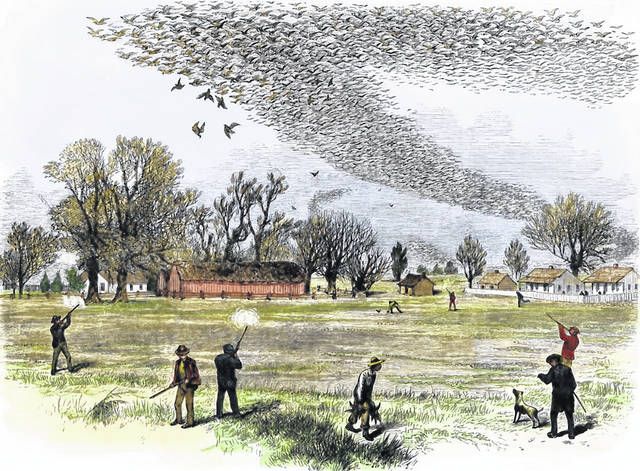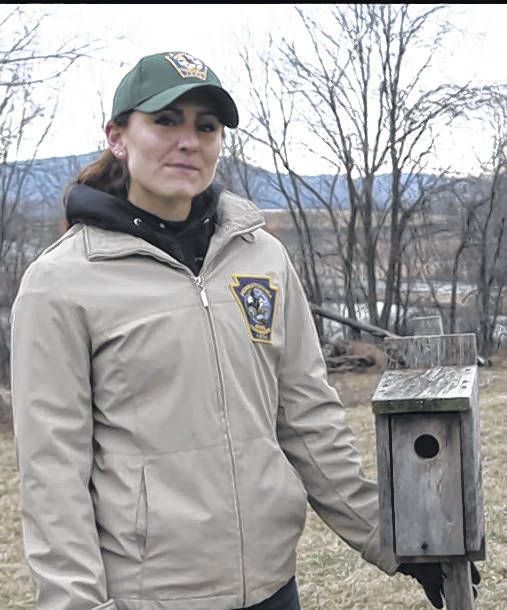Click here to subscribe today or Login.
The occurrence of a deadly disease in deer more than doubled in one part of the state last year, but no cases have turned up in the northeast region.
Chronic Wasting Disease attacks the brain of infected deer, elk and moose, producing small lesions that eventually result in death. Animals can get the disease through direct contact with saliva, feces and urine from an infected animal.
According to the Pennsylvania Game Commission, which monitors wild deer for the disease, 25 deer tested positive for CWD in 2016 in several counties in the southcentral part of the state. The disease has been found in deer — both wild and captive — in three areas which the PGC has identified as Disease Management Area 1, 2 and 3. The recent occurrences were found in wild deer in DMA 2, and the 25 new cases more than doubled the number of CWD-positive deer detected in the area from 2012 to 2015.
The 25 new CWD-positive wild deer were part of 1,652 deer samples collected within DMA 2 during 2016. CWD-positive deer included 13 road-killed deer, 10 hunter-harvested deer, and two deer showing signs consistent with CWD.
Locally, the PGC’s Northeast Region tested 599 hunter-harvested deer in 2016, plus nine others that were euthanized for symptoms consistent with CWD. None of the deer in the northeast tested positive for the disease.
“We’ve been very lucky,” said Game Commission NE Region Law Enforcement Supervisor Mark Rutkowski. “But there is every reason to be very concerned. We have CWD in the state, we’ve been very aggressive with our testing and we hope that we can keep it contained.”
Last year the PGC tested 5,707 wild deer for CWD and it has yet to be found outside of the existing DMAs. The state Department of Agriculture oversees captive deer raised on farms, and during late 2016 and early 2017, CWD also was identified on three captive deer farms in the southcentral part of the state in Bedford, Fulton, and Franklin counties.
Within DMAs, special regulations are in place to reduce the risk of CWD spreading to other areas. These regulations include restrictions on transporting deer carcasses, feeding deer, and use of urine-based deer lures.
Rutkowski said the Northeast Region Office in Dallas often receives calls for sick deer and those animals are tested. Suspect deer must be euthanized to be tested as there is no way to sample a live animal for the disease.
“We get calls for deer with a range of symptoms, including emaciation, droopiness and wandering aimlessly. Many times the cause is a brain abscess or secondary illness like pneumonia,” Rutkowski said.
The first cases of CWD in Pennsylvania were detected when two Adams County deer tested positive for CWD in 2012. Surveillance for the disease has been ongoing in Pennsylvania since 1998. PGC spokesman Travis Lau said more deer are sampled today than several years ago, especially in the DMAs, and that could be one reason for the increase in positive results.
“We’ve acknowledged all along that there’s the potential for more positives in the DMAs,” Lau said.
The disease has yet to be found in the state’s elk herd. During 2016, 110 wild elk were tested for CWD, including hunter-harvested animals and elk exhibiting clinical signs consistent with the disease.
For other sports stories, click here.








